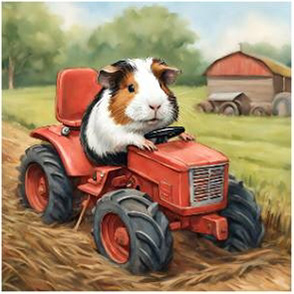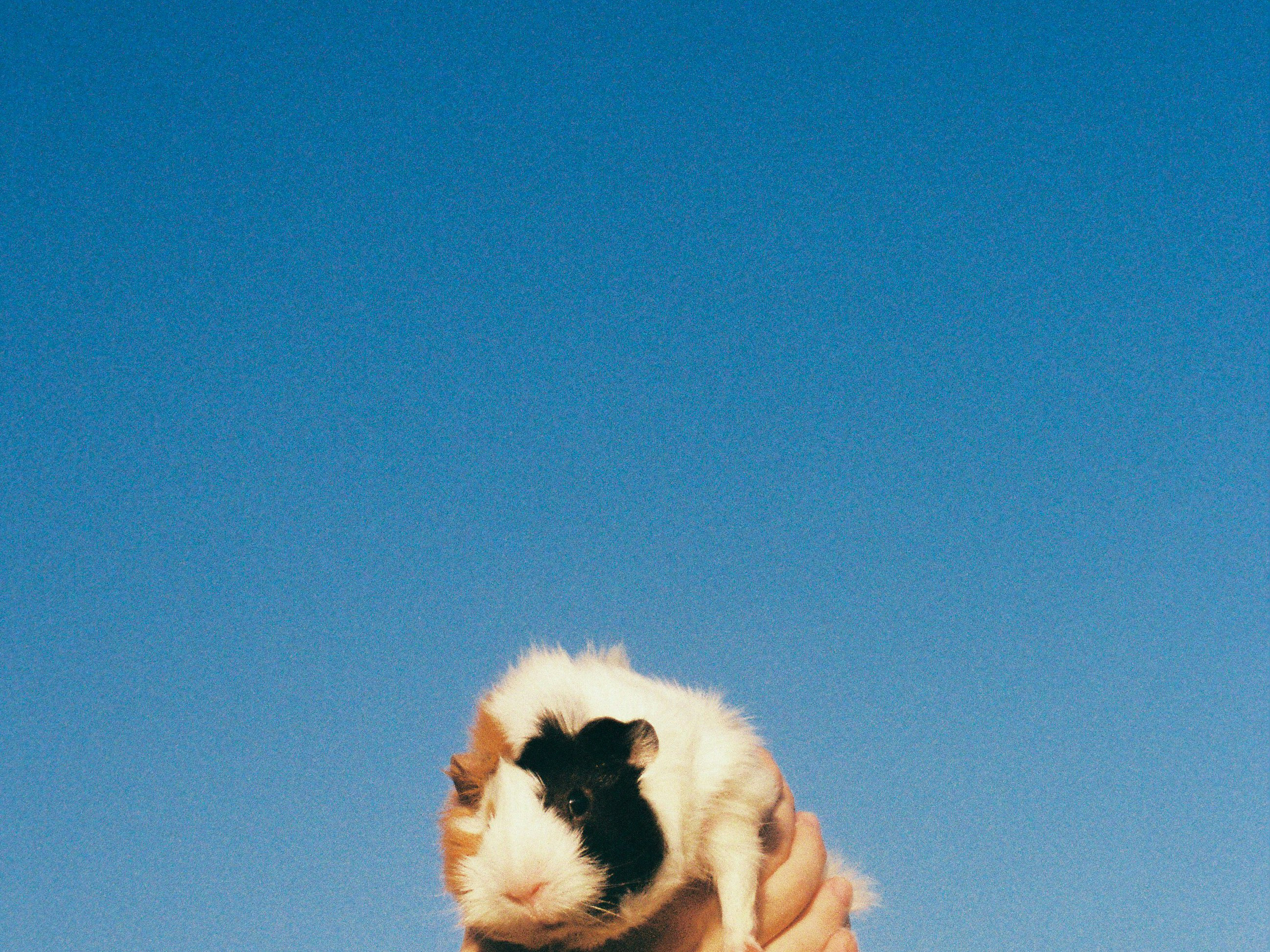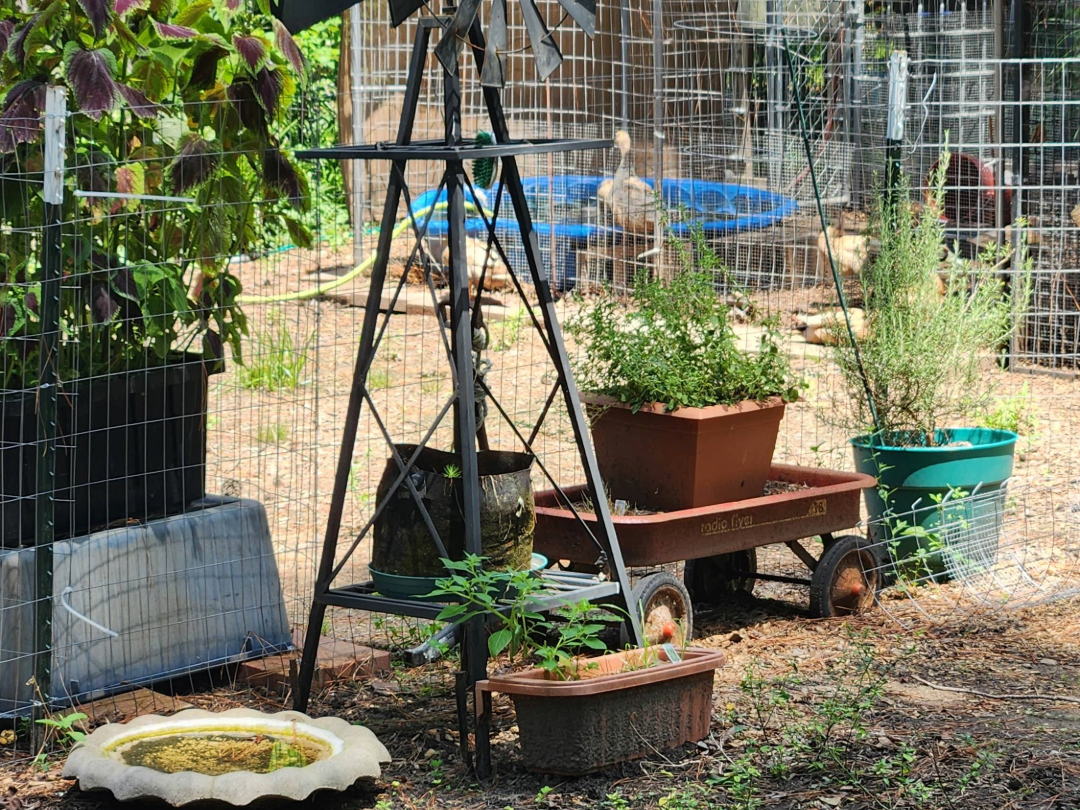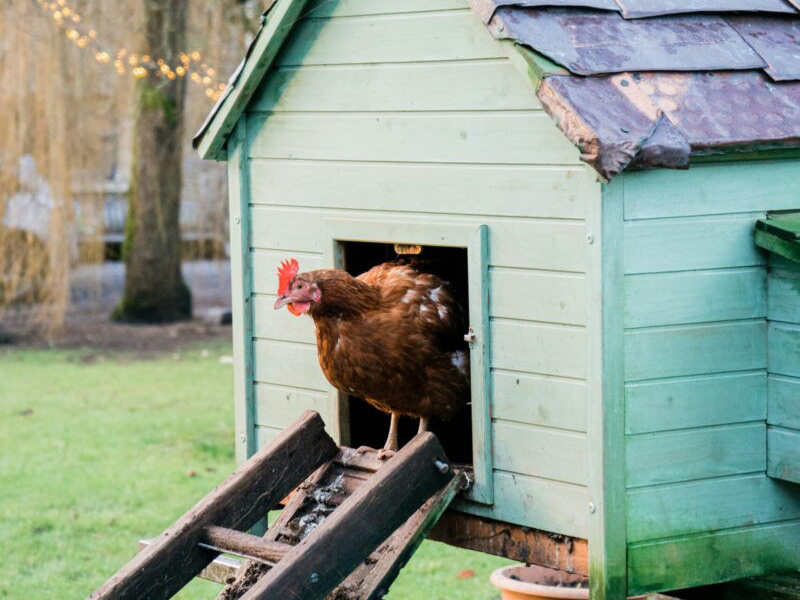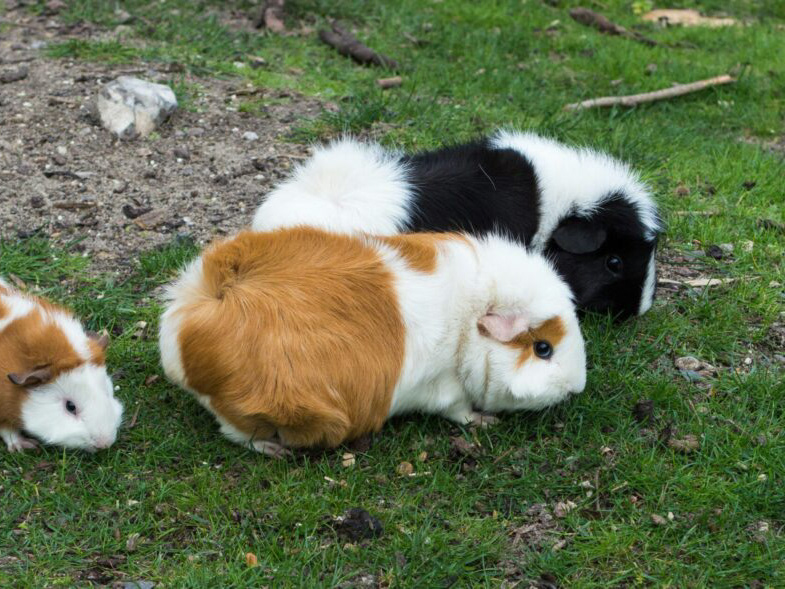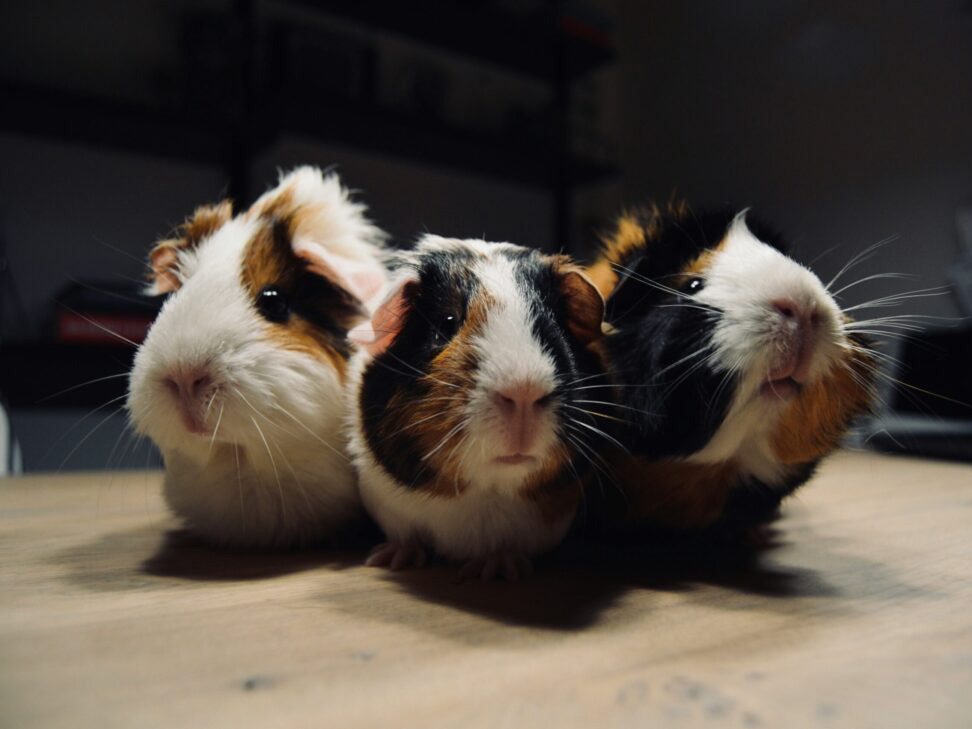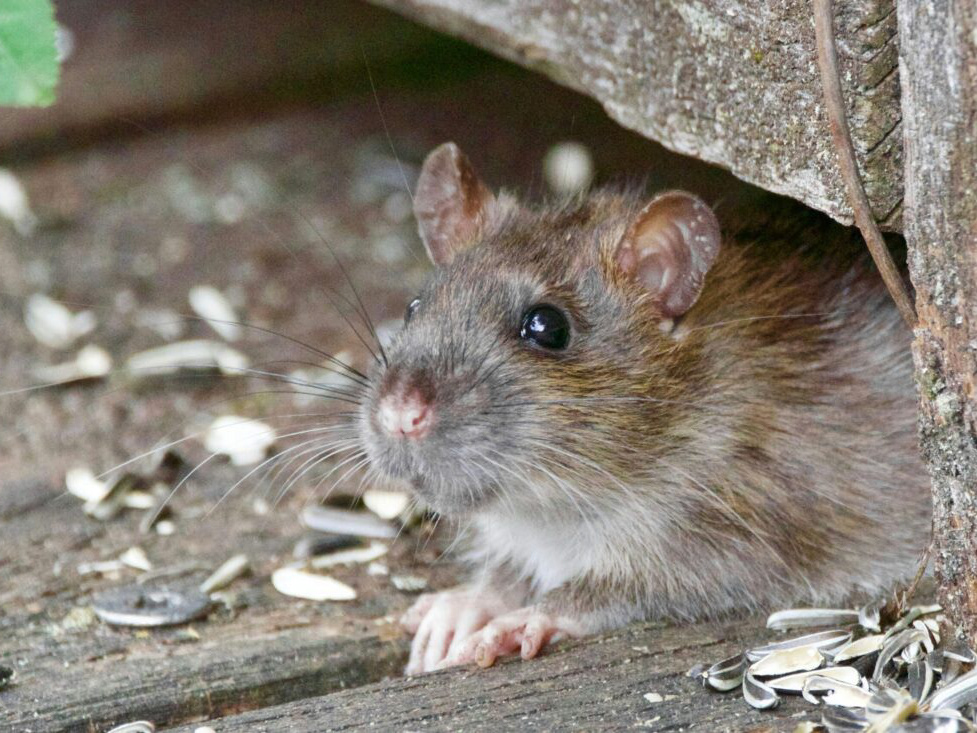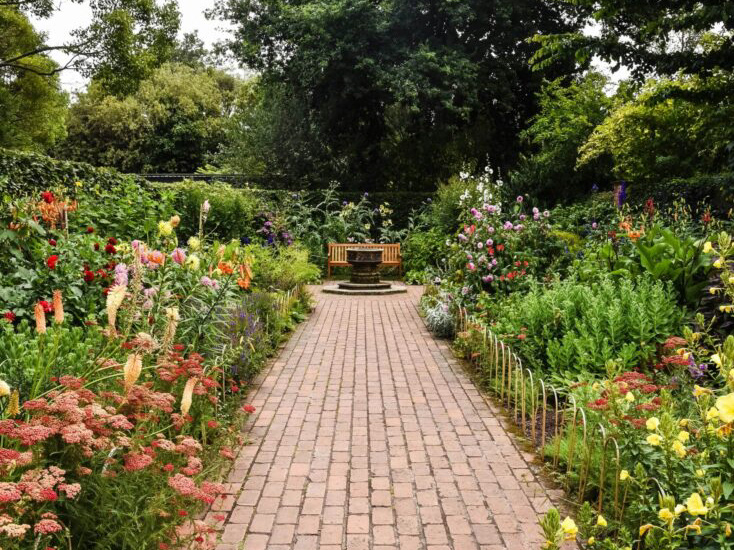Hello friends, I am writing this blog post to help raise awareness about contaminated hay treated with herbicide. Fall is in full effect here at the Guinea Pig Garden. As some of you may know, I eliminated hay from my guinea pig’s diet over the Summer. You may also know I use old guinea pig bedding to feed my bathtub worm farm. Furthermore, I had planned on producing enough fertilizer to sell some at the local market along with some plants and other commodities.
The Hay and Compost Conundrum
I am new to gardening, so I have been doing a lot of YouTube research on gardening and homesteading. As I watched some of my favorite gardeners and homesteaders, quite a few of these creators ran into an issue using hay and composted hay in their gardens. This issue was because of contamination from a specific herbicide. Becoming a big concern for me, using old guinea pig bedding to make fertilizer.
The Hike in Hay Prices
Over the summer, my eight females ate almost all the Bamboo growing by and through our fence line. Eating about four trees a day, two in the morning and two in the evening. After three months of harvesting Bamboo morning and night, I was ready to incorporate hay into our routine again. When I went to the feed store, the cost had risen from six-teen to twenty-five dollars. They explained they had a new supplier because their old supplier had sent them some contaminated hay.
Timothy Grass in a Green Bag
The hay I received was timothy grass and shrink-wrapped in a green bag. I live in Texas, where we have a lot of Coastal or Bahia fields, which was what I was expecting. Although the price had gone up nine dollars, The price was about a third of what I paid for Timothy from Amazon. All in all, I was satisfied with my purchase even though I would like to see the use of plastic reduced. The Plastic package could be convenient for guinea pig and rabbit owners who may not have a place to store hay outside.
Contaminated Hay and Its Impact on My Business Plan
After seeing some of my favorite YouTubers be affected by such hay. In the back of my mind, I knew it was only a matter of time before it happened to me. I had been wondering how viable my business plan was before this incident. If I were to sell fertilizer made from bedding that had contaminated hay, my customers and I would become victims of this tragedy.
Widespread Impact of Hay Treated with Herbicide
What does this mean for our environment? This particular herbicide kills everything but grass. Animals digest it, and it maintains adverse effects even after composting and digestion. This brings many questions to mind, the first of which is how do I know the new hay is not contaminated too?
How long do these effects last?
What are the long-term effects on the animals that eat this hay?
How does this affect the quality of meat from cattle and other livestock animals that consume hay?
Is this epidemic happening globally or just here in the U.S.?
What will the world be like if we lose the ability and option to grow our food?
Can this contamination move through worms and be transferred underground by them?
The following is a suggestion from ChatGPT: Reach out to your local agricultural extension service for guidance on herbicide concerns in your region. They may have specific recommendations and resources to help.
Contaminated Hay, Worms, and the Garden Dilemma
As you may have seen from my YouTube videos, I keep my guinea pigs outside and on the ground. Inevitably, the hay I give them ends up on the ground as well. Last year I put some worms in my guinea pig habitat to help turn their bedding into worm castings. If those worms eat contaminated hay and then migrate twenty feet over to my in-ground garden, I could lose those plants.
Recovery from Herbicide Contamination
Many more gardeners and homesteaders have been devastated by this herbicide other than the cases I saw on YouTube. This makes me curious If this has happened to you and how might one recover from this situation. Most important is what can be done to stop this from happening to everyone. Sadly, to reduce the impact of this herbicide, I will have to scratch any plans of turning my guinea pig waste into profit.
Challenges in Finding Follow-Up Information
Another unfortunate thing is YouTube isn’t the best to get follow-up information on these events. This problem is fairly new, which means the full effects of these contamination's are yet to be known. Since I have yet to go through this myself, my knowledge is limited but, I wanted to write this blog post to raise awareness and consideration.
Continuing the Conversation, Learning, and Raising Awareness
I intend to keep learning and writing about this subject as well as make a YouTube video about it in the future. The way our food chain is set up leaves no doubt in my mind that this is a global issue. If this is a topic that concerns you, or you may know someone who may be concerned, please share this. You can also join our newsletter and follow along via social media.
